10+ Books about Refugees for Middle Years

When I read the news or see stories on social media about refugees, I am distressed by negative representations, stereotypes, and misinformation that surface, particularly when people question their motives. It puts me in mind of the poem "Home," by Warsan Shire, particularly the line "no one puts their children in a boat / unless the water is safer than the land". I'm writing this with my infant daughter sleeping on me, and the thought of climbing into an overcrowded unsafe boat with her is unthinkable. In this pocket of warmth and safety we share, I cannot picture having to flee from our home with just the clothes on our backs or carry her for days towards some distant promise of sanctuary. These ideas are hard to bear, but for millions it is the only way to ensure their children will have a good life.
I can't fully understand what life is like for these millions, but I can try to develop knowledge and empathy for them. Previously, I recommended picture books and other media that are useful for teaching about refugees. To delve deeper, I have put together a list of novels and one non-fiction book that can teach middle school students about what it means to be a refugee. The books reflect a variety of times and places, both recent and historical, to better emphasize the differing experiences refugees face. In reading these stories, students can develop greater understanding of why people around the world must leave their homes and journey for something better. Hopefully, with understanding comes greater empathy for refugees' situations.
-
The Night Diary by Veera Hiranandani: The Night Diary is a recent Newbery Honor book set during the partition of India in 1947. At this time, India was divided into India and Pakistan, which caused upheaval and violence as different religious groups faced persecution. The book tells the story of twelve year old Nisha and her family. Along with hundreds of thousands of other refugees, Nisha's family must leave their home and face a perilous journey to safety. On the way, Nisha, who has Hindu and Muslim heritage, must come to terms with her own identity even as her homeland is split in two.
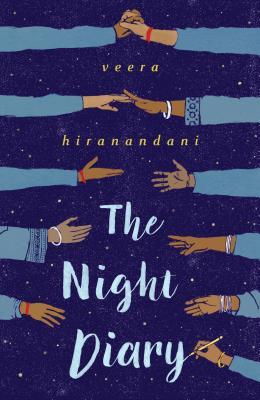
-
We Are Displaced by Malala Yousafzai: We Are Displaced is a non-fiction book where refugee women and girls tell their stories. Compiled by Malala Yousafzai, the stories come from all over the world. From women currently living in refugee camps, to others who have emigrated elsewhere and rebuilt their lives, the variety of tales helps give valuable context to what it means to be displaced in today's world.

-
Refugee, by Alan Gratz: Refugee tells the story of three young people from across history. Josef is a Jewish boy fleeing Nazi Germany on the SS St. Louis. Isabel is a Cuban girl in 1994 journeying to a new life in America. Mahmoud is a boy escaping from modern day Syria. The three characters' lives intersect in surprising and powerful ways as we see the dangers faced by refugees around the world. I have used this book as a read aloud several times, and the intensity of the story never fails to capture students' attention.
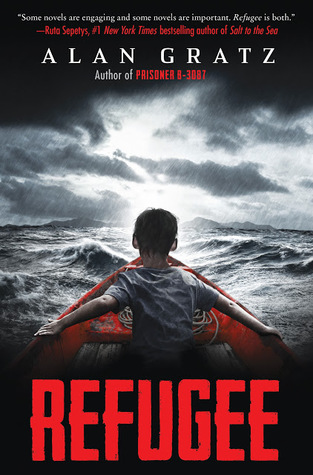
-
Other Words for Home, by Jasmine Warga: Other Words for Home tells the story of Jude, a Syrian girl who moves to the United States to escape the dangers of war. Written in verse, the book aptly conveys the challenges refugees face when adjusting to life in a new country. Jude must adjust to a new culture, learn how to communicate in English, and deal with discrimination and hostility, all while missing her father and brother back in Syria.

-
Walking Home, by Eric Walters: Walking Home is about a recently orphaned brother and sister who must walk across Kenya to find the only family they have left. Notably, this book starts in a refugee camp, and reveals what day to day life is like for refugees. It also emphasizes the struggles many refugee children face as they deal with past traumas in an uncertain world.

-
Escape from Aleppo, by N.H. Senzai: This book is set during one of the worst refugee crises in modern history. Starting during the Arab Spring and the Syrian civil war that follows, it tells the story of Nadia, a girl living in Aleppo. She is separated from her family as they are forced to flee their home. It follows her journey out of the city and emphasizes the impact of war on the people of Syria.
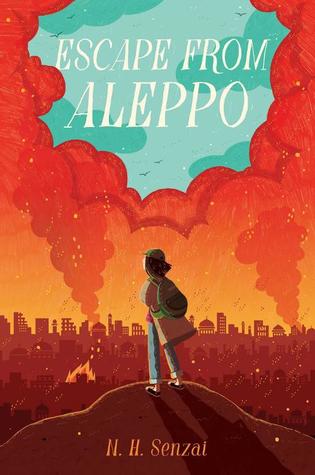
-
Inside Out & Back Again, by Thanhha Lai: Written entirely in free verse, this book tells the story of a family escaping from the Vietnam war. Leaving via a ship, Hà and her family eventually arrive in Alabama. The book aptly shows the obstacles faced in the journey, but also how difficult it is adjusting to life in a new country.
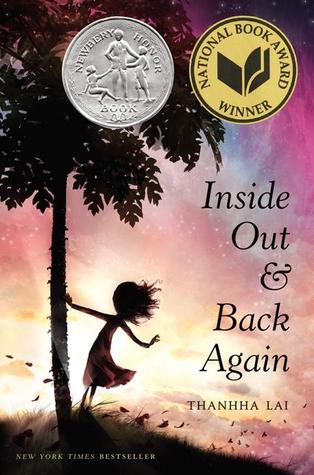
-
A Long Walk to Water, by Linda Sue Park. Based on a true story, A Long Walk to Water alternates between two characters: Nya, a girl struggling to get water for her family in Sudan in 2008, and Salva, a boy who is escaping war in Sudan in 1985. Salva becomes one of the Lost Boys of Sudan, and makes a harrowing journey on foot to safety. Particularly special is how the stories eventually intersect, showing the impact former refugees can have.
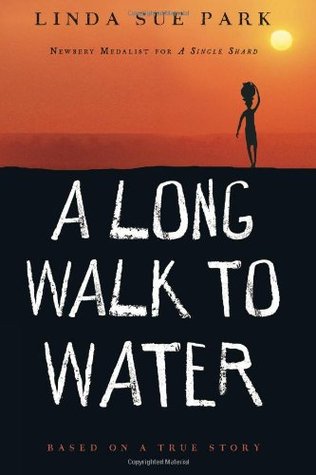
-
Child of Dandelions, by Shenaaz Nanji. Set in Uganda in 1972, this book describes how Indians were expelled from the country because of Ugandan President Idi Amin's policies. Main character Sabine is a Ugandan of Indian descent. As the country becomes more dangerous for her family and as Sabine's best friend abandons her, Sabine must decide whether to leave the home she has always known.

-
Parvana's Journey, by Deborah Ellis. The second book in the Breadwinner trilogy, Parvana's Story continues where the first book left off. With her father dead and the location of her mother and siblings unknown, Parvana dresses like a boy and starts a journey across war-torn Afghanistan. She is soon joined by other children who are affected by war and they must work together to survive.
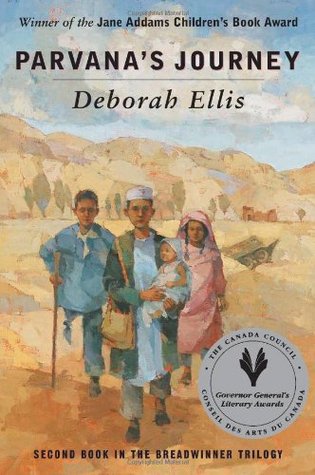
-
Fish, by L.S. Matthews. As their home becomes too dangerous, a family of foreign aid workers must leave. Their child finds a fish in a puddle and decides to rescue it, even if it means carrying it over mountains and through perilous situations. Interestingly, the circumstances surrounding Fish are kept intentionally vague. Locations are not given, and even the child's gender and real name are not revealed. It is an effective technique that helps the reader put themselves in the shoes of a refugee.

-
When Stars Are Scattered, by Victoria Jamieson and Omar Mohamed.This graphic novel tells the true story of Omar Mohamed's childhood in Dadaab refugee camp in Kenya. Separated from his mother, he must care for his nonverbal younger brother while hoping and working to be resettled.

-
The Magic Fish, by Trung Le Nguyen - This graphic novel tells the story of Tiến, who wants to come out to his Vietnamese mother, but doesn't know how. A beautiful tale that weaves together stories about coming of age, immigration, and identity, with fairytales.

